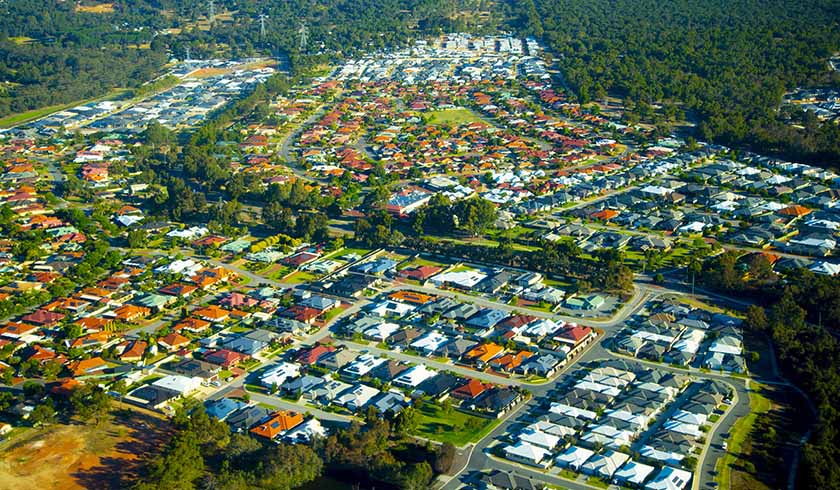Meet the regional suburb that’s beating out Perth’s hotspots
A coastal suburb is winning the attention of buyers over Western Australia’s metropolitan and regional hubs.

The Western Australian suburb of Denmark is seeing a significant rise in sales volume and median house prices over the last six months.
Despite being a five-hour drive from Perth hotspots like Mandurah and Baldivis, the Western Australian suburb of Denmark managed to trump competition, garnering high interest from buyers on the Real Estate of Western Australia website.
According to the REIWA, Denmark was the 13th most viewed suburb in the first six months of 2021 and the most viewed regional town, beating out rural population centres like Dunsborough and Maragaret River.
In fact, sales activity in Denmark increased by 32 per cent year-on-year, with a total of 124 sales during the last financial year.
Meanwhile, the median house sale price for the coastal suburb has also risen during that time by 19.9 per cent, though it remains relatively affordable at $405,000. That figure puts it well below Perth’s median house price in June, which was $510,000.
The REIWA said that “word on the ground from local Denmark real estate agents is that there is increasing interest from overseas and interstate buyers looking to purchase property in WA, where the economic and social impacts of COVID-19 are more minimal”.
According to the institute, the Denmark lifestyle also offers one that is relaxed, simple and features some of the best sights that WA has to offer, including Greens Pool, Peaceful Bay and Valley of the Giants Treetops Walk.
“Since the working-from-home trend picked up after the onset of COVID-19, many West Aussies were quick to jump on board, making the trend their new norm. As a result, many people are valuing lifestyle over convenience, choosing to live in our beautiful regional towns rather than in the city,” the REIWA said.
This argument that more and more Australians are ditching the city and working remotely has some basis in recent data on the subject.
One report by the Regional Australia Institute suggested that one in five capital city residents was considering moving to regional locales, while two-thirds of those potential migrants said they’d be looking to do so within the next 12 months.
Commenting on the data, Dr Elin Charles-Edwards, a senior lecturer in human geography at the University of Queensland, said that decentralisation of Australia’s population away from cities to regional Australia has been “a long-standing government policy objective”.
“Since March 2020, the pandemic has expedited what decades of decentralisation policy has aimed to achieve, namely Australians migrating internally to regional areas,” she said.
According to her, “the potential positives to decentralisation include lower congestion in cities and economic growth in regional Australia. The challenge of increased demand for housing and services in regional areas includes preserving the very lifestyle that makes regional Australia attractive in the first place”.


